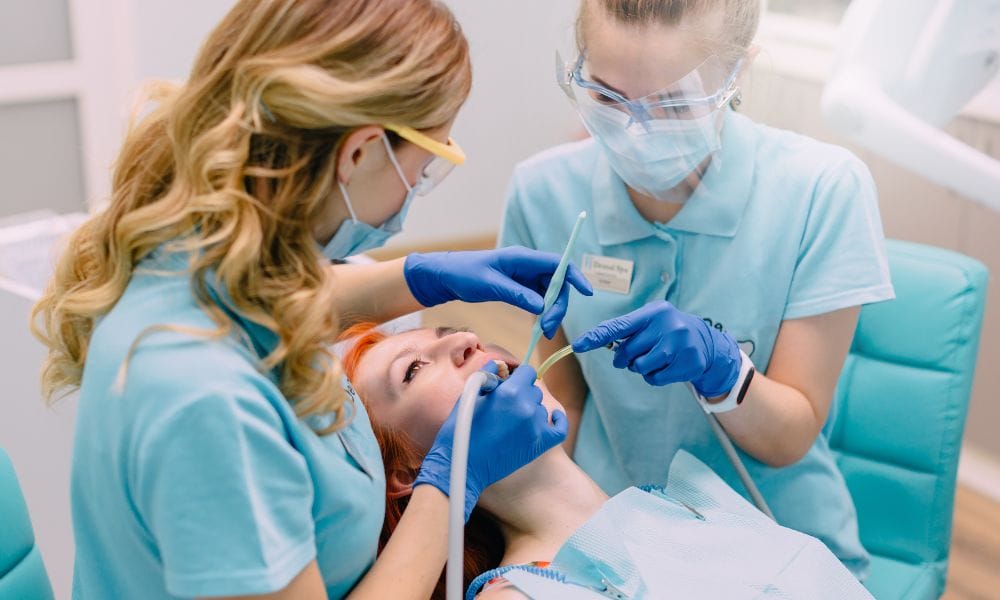Dental offices are busy places where healthcare professionals use various tools, equipment, and materials daily. Dental offices harbor several workplace hazards that can lead to injuries if you don’t manage these materials properly. Explore how to minimize common injuries in your dental office and learn practical tips to create a safer workplace for everyone.
Understand Your Office’s Risks
The first step to mitigating risk is understanding the common hazards within a dental office. These can include exposure to harmful chemicals such as disinfectants and aerosols and physical injuries from sharp instruments or improper ergonomics. Knowing the potential risks allows healthcare professionals to develop safety protocols tailored to their work environment.
Risk assessment also plays a significant role in identifying potential hazards in the dental office. Conducting regular risk assessments allows management to continuously evaluate workplace safety and install preventive measures, such as proper storage of chemicals or modifications to the office design, before injuries occur.
Enforce PPE Usage
One essential strategy to reduce the risk of injuries is enforcing the usage of personal protective equipment (PPE). Lack of proper PPE or failure to use it is one of the most common OSHA violations for dentistry offices. PPE plays a vital role in safeguarding dental office staff from harm. For instance, wearing protective gloves, masks, and goggles can protect against chemicals, infectious materials, or flying debris. Provide the proper protective equipment to fit each staff member and educate them on correct PPE usage to ensure effectiveness.
Schedule Reoccurring Trainings
Scheduling reoccurring training for dental office staff is vital for minimizing common injuries. This training should encompass topics such as ergonomics, chemical and hazardous waste handling, infection control, and emergency response procedures. Regular training will instill safety habits and promote a culture of safety awareness within the office.
Including specific and actionable safety tips in your office’s safety plan will help the staff apply what they have learned to their daily routines. For example, your office can encourage employees to maintain ergonomic postures during treatments by adjusting their chair height and positioning. Adhering to proper lifting techniques can prevent back injuries. Moreover, proper training for using and maintaining dental equipment, such as drills, X-ray machines, and sterilization units, can help prevent costly equipment damage and potential injuries to patients or staff.
By establishing strategies for mitigating risks, such as enforcing PPE usage, scheduling reoccurring trainings, and conducting regular risk assessments, healthcare professionals can create a safer work environment. Implementing specific safety tips, such as adjusting ergonomic posture and ensuring proper equipment usage, demonstrates the importance and benefits of prioritizing safety among all employees. Learning how to minimize common injuries in your dental office can lead to a healthier, more productive, and positive work environment that benefits staff and patients alike.








